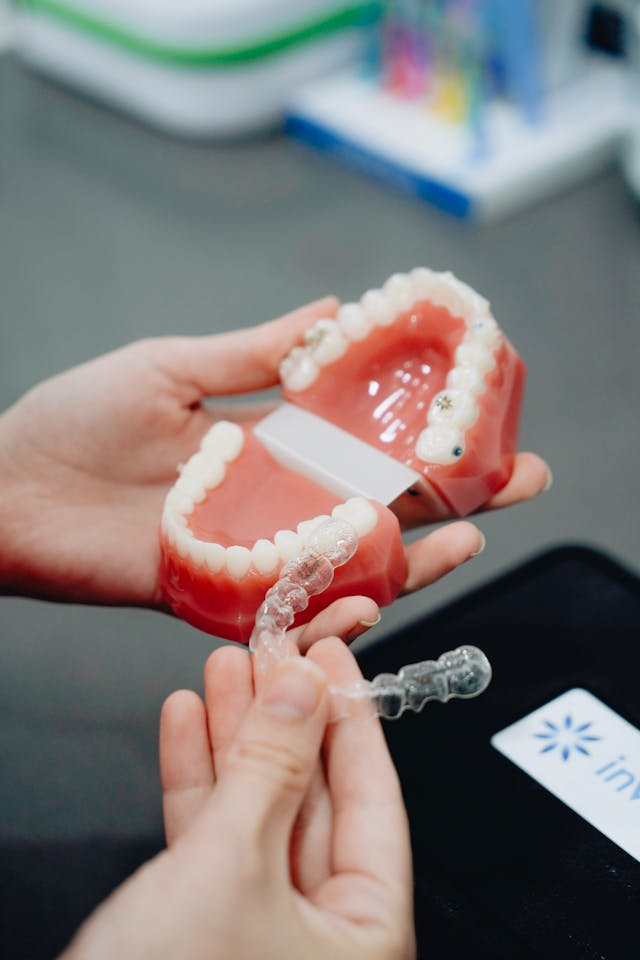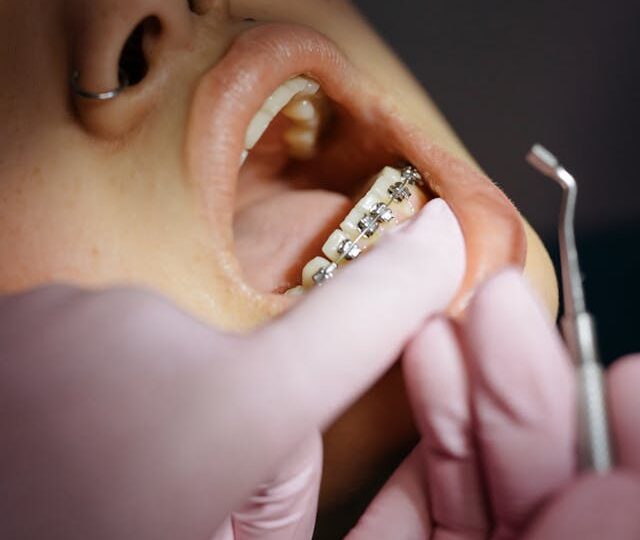Hey there, GertieBlu readers! Today, we’re exploring a topic that many of us face at some point in our lives: dental braces. Whether you’re considering them for yourself or for a loved one, understanding the different types of braces and their benefits is essential for making an informed decision. Let’s explore the world of dental braces and find out which option might be best for you.
Why Get Braces?
Before we delve into the types of braces, let’s first understand why people get them. Braces are used to correct a variety of dental issues, including:
- Crooked teeth
- Overcrowded teeth
- Gaps between teeth
- Overbites, underbites, and crossbites
- Alignment issues of the jaw
Correcting these issues not only improves your smile but also enhances overall oral health, making it easier to clean your teeth and reducing the risk of dental problems.
Types of Dental Braces
There are several types of braces available today, each with its own set of advantages and considerations. Here’s a breakdown of the most common options:

1. Metal Braces
Traditional metal braces are the most common type and are more comfortable today than ever before. They are made of high-grade stainless steel and consist of metal brackets and archwires to straighten your teeth.
Pros:
- Effective for all types of dental corrections.
- Cost-effective compared to other types.
- Customizable with colored bands for a personalized look.
Cons:
- Visibility is high due to the metal.
- Discomfort initially as you adjust to the braces.
2. Ceramic Braces
Ceramic braces function similarly to metal braces but use clear or tooth-colored brackets that blend in with your teeth, making them less noticeable.
Pros:
- Less visible than metal braces.
- Effective for most dental corrections.
Cons:
- More expensive than metal braces.
- Fragile and more prone to staining if not properly cared for.
3. Lingual Braces
Lingual braces are placed on the inside of the teeth, making them invisible from the outside. They are customized to fit the shape of your teeth.
Pros:
- Invisible from the outside.
- Effective for most dental corrections.
Cons:
- More expensive and can take longer to adjust to.
- May cause discomfort to the tongue and difficulty with speech initially.

4. Invisalign
Invisalign consists of a series of clear, removable aligners that are custom-made for your teeth. They are popular for their aesthetic appeal and convenience.
Pros:
- Virtually invisible.
- Removable, making eating and cleaning easier.
- Comfortable with no metal to irritate the mouth.
Cons:
- Not suitable for severe dental issues.
- Requires discipline to wear the aligners for 20-22 hours a day.
- More expensive than traditional braces.
How to Choose the Right Type for You
Choosing the right type of braces depends on several factors including the complexity of your dental issues, budget, and personal preferences regarding aesthetics and comfort. Here are a few tips to help you decide:
- Consult with your orthodontist to understand which option is best suited for your dental needs.
- Consider your lifestyle and how much the visibility of the braces matters to you.
- Think about maintenance and how much effort you’re willing to put into keeping your braces clean and in good condition.
Final Thoughts
Getting braces is a significant step towards achieving a healthy, beautiful smile. By understanding the different types of braces and their pros and cons, you can make an informed decision that best fits your needs. Remember, no matter which type you choose, the end result will be worth it – a confident smile that can last a lifetime.
Until next time, GertieBlu









